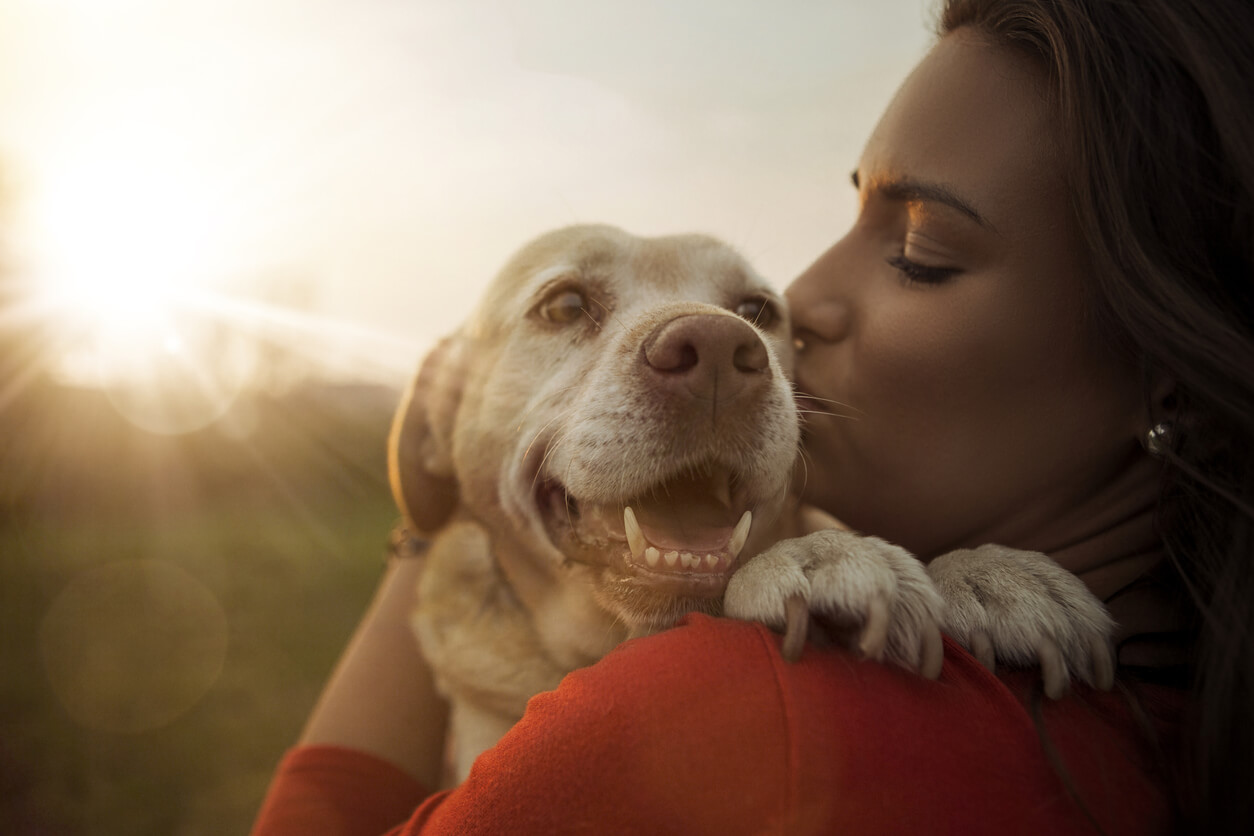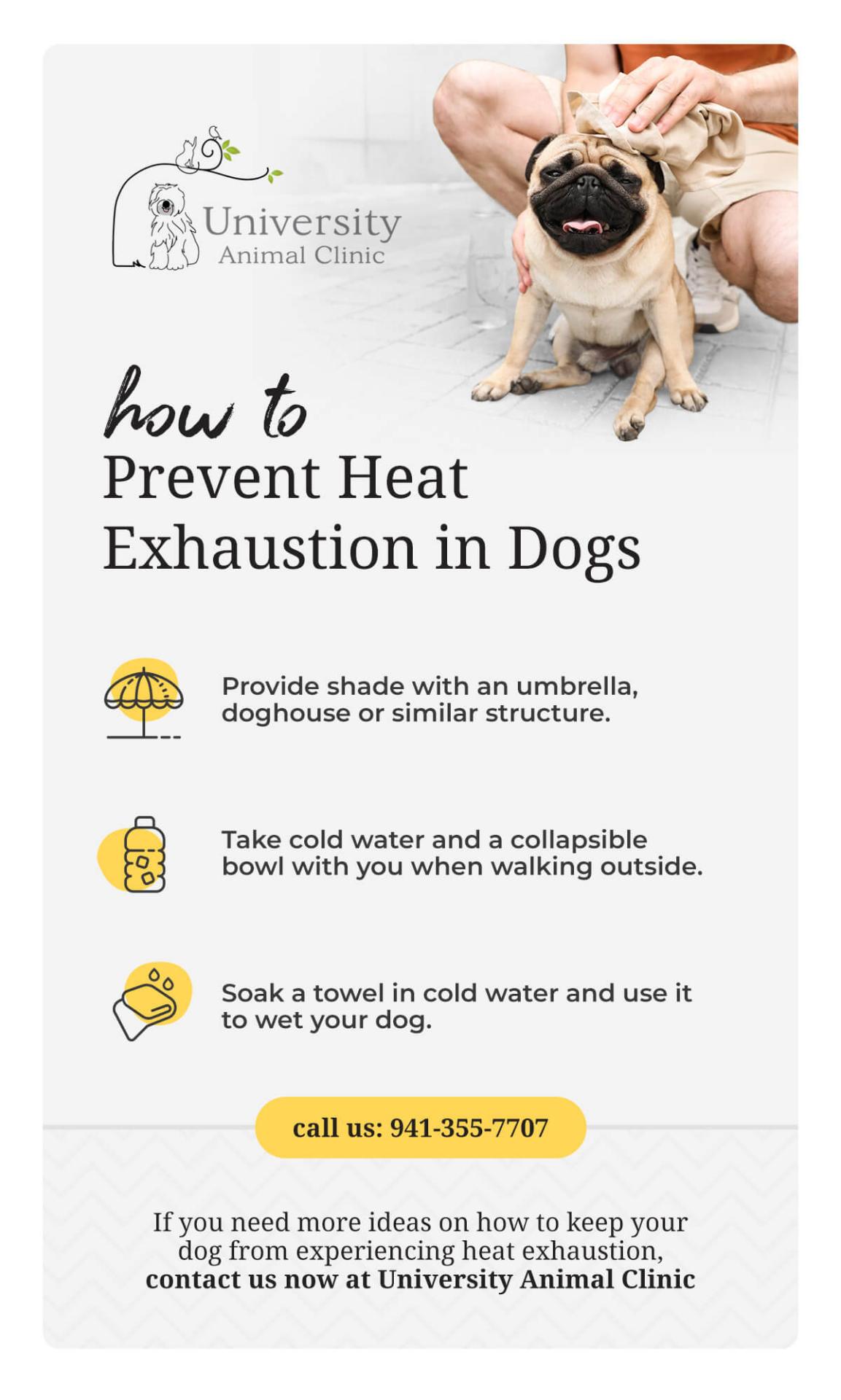
Summer gives pet parents a chance to spend time outdoors with their dogs. But unlike humans, who sweat to keep their bodies cool, dogs don’t have an efficient way to sweat and regulate their temperature. This is the reason why summer activities increase the risk of heat stroke and heat exhaustion. Heatstroke can be devastating for your four-legged friend, so you must know the warning signs and how to keep your dog cool throughout summer.
What Is Heat Stroke?
Heat stroke is a serious health condition that happens when your pet’s temperature is so high that its organs stop functioning. When this happens, the body’s ability to control its temperature fails. The main reason for heat stroke in dogs is spending time in the sun — in some cases, this can happen in less than an hour! Most cases of heat stroke occur during the summer months. But it can also happen if you keep your dog locked up in your car without any shade for many hours. In Florida, a vehicle can reach over 100 degrees in a matter of minutes, so it’s important that you never leave your dog in a car with the windows closed as your dog can easily overheat.
What Is Heat Exhaustion?
Heat exhaustion happens when a dog’s temperature rises above 103°F. But if the dog’s rectal temperature keeps on rising and goes above 106°, heat stroke could happen at any time and the dog’s heart could stop beating.
What Causes Dogs To Have Heat Stroke?
Dogs can’t sweat like humans do to release their excess body heat. The sweat glands in a dog’s paws cannot regulate body temperature. So, dogs release excess body heat by opening their mouths and breathing rapidly. This is most commonly called panting.
Normally, panting can expel excess heat, but sometimes it’s not enough and the risk of heat stroke increases. This usually occurs when the dog spends time outdoors during the peak of summer months.
Are Dogs Sensitive To Heat?
It’s important to know that virtually all dogs are at risk of having heat stroke under intense heat. But certain breeds are more prone to heat stroke. This includes dogs that have a broad skull and relatively short limbs, such as:
- Bulldogs
- Boxers
- Shih Tzus
- Boston Terriers
- Chihuahuas
- Pugs
In addition, dogs that have long hair or thick fur coats, as well as dogs that are a few weeks old or over seven years old, have a higher risk of developing heat stroke.

How To Prevent Heat Stroke In Dogs
Here are some tips to help you keep your dogs cool in the summer:
- Take cold water with you: This is an easy and efficient way to keep your dog from becoming dehydrated. Take a collapsible bowl along with you to give your pup water. Make sure your dog drinks at least 1.5 liters of water daily.
- Provide shade: Provide adequate shade with a sun umbrella, a doghouse or any structure that will protect them during summer.
- Use a towel to cool your dog: Keep a towel handy when you’re outdoors with your dog. Soak the towel in cold water and use it to wet the dog. You may also use a misting spray bottle that has cold water to ensure your dog stays cool all day.
Contact University Animal Clinic Today
If you need more ideas on how to keep your dog from experiencing heat exhaustion or heat stroke, contact us now at University Animal Clinic by calling (941) 253-5218. We offer compassionate pet care at our AAHA-accredited vet hospital. Our practice provides service to pets in Sarasota, Bradenton and Lakewood Ranch.
